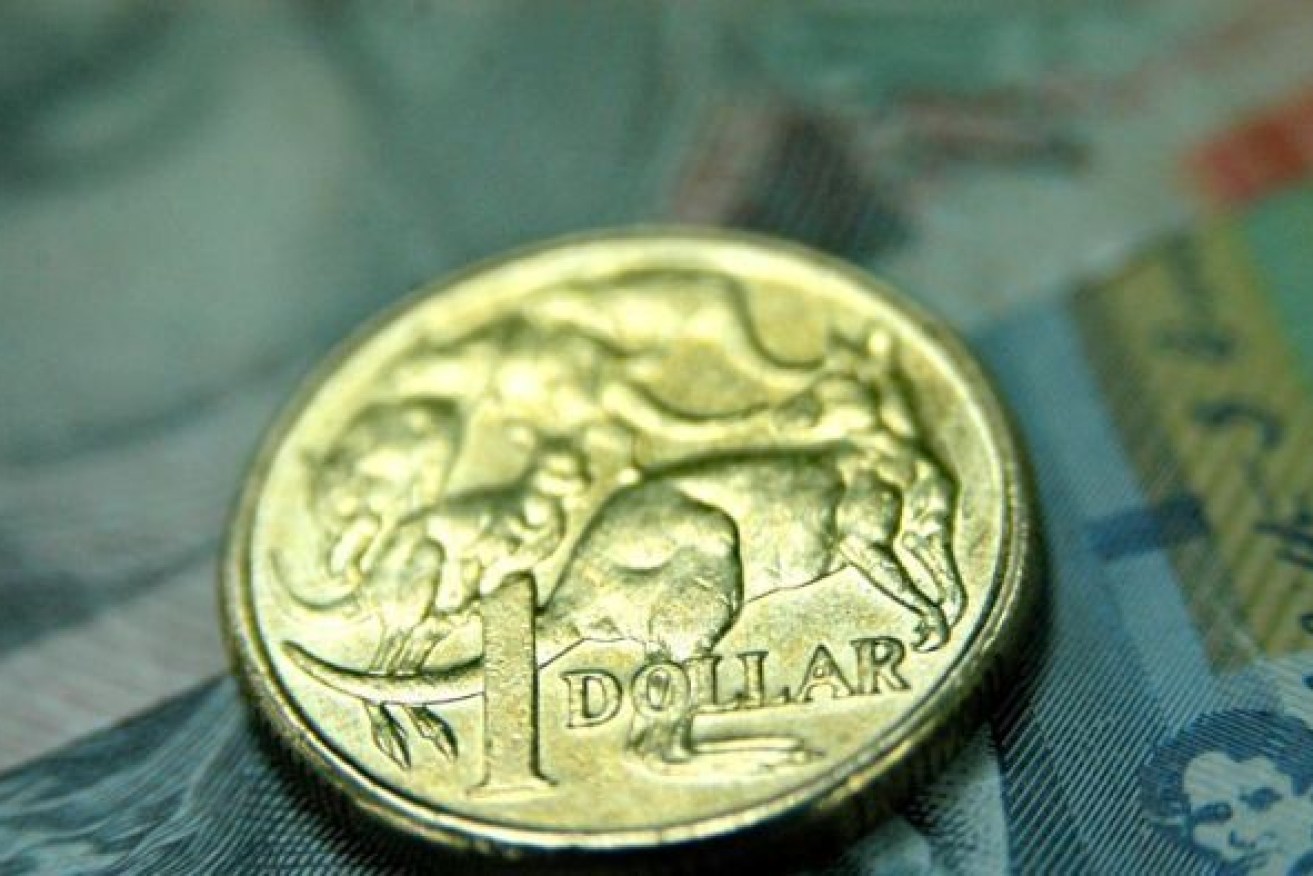RBA says Australian dollar needs to fall further

Shutterstock
The Reserve Bank says the recent fall in the Australian dollar against the greenback will do little for the economy.
The local currency has fallen dramatically to a four-year low below 86 US cents, as the greenback surged on the end of the Federal Reserve’s quantitative easing program and a Republican victory in both houses of Congress.
However, in its latest quarterly Statement on Monetary Policy, the Reserve Bank said the recent declines have not made Australia more currency competitive with the countries we trade most with.
• ‘I don’t care what Palmer thinks’
• Chinese $1b beef FTA to come
“The Australian dollar remains high by historical standards and, in trade-weighted terms, is above the level seen earlier in the year despite the sizeable declines in commodity prices over the course of this year,” it noted in the document.
The bank said that the net effect of recent falls in the local currency over the past few months is likely to result in a small boost in GDP because it has offset a continued slide in the terms of trade, which itself is being partly caused by Australia’s ramp up of iron ore and LNG exports.
However, the RBA seems hopeful that US interest rates may rise sooner than most traders currently expect, which would put further downward pressure on the Australian dollar.
It notes that the first rise is priced in by October 2015, “later than indicated by commentary by Federal Open Market Committee members.”
However, further strengthening of the US dollar may be offset by increased monetary stimulus in Japan – still Australia’s second largest export destination – which has pushed the yen lower.
Building costs up as profit margins rise
The RBA observed that the cost of building a new dwelling has increased 4 per cent over the past year, which is the quickest pace in nearly five years and faster than the historical average.
However, construction workers are not the cause, nor are they receiving the benefits, of that building price inflation.
“Labour cost pressures have been subdued to date, with construction wage growth around its slowest pace in the past decade or so,” the bank said.
The bank noted that workers with building skills still seem to be readily available as a range of large mining construction projects wind up and layoff their staff.
Instead, the RBA says buoyant housing market conditions have allowed construction firms to increase their profit margins, and also seen a rise in the cost of building materials.
But while the costs of building new dwellings is going up strongly, the cost of renting existing ones is rising at its slowest pace since the aftermath of the last property investor boom of the mid-2000s.
The RBA notes that rents are rising by a national average of just over 2 per cent, while vacancy rates have also increased from their mid to late-2000s lows.
The news is also good for those with mortgages, with the RBA confirming a 20-basis-point reduction in home loan interest rates over the 15 months since its last official cash rate cut in August 2013.








